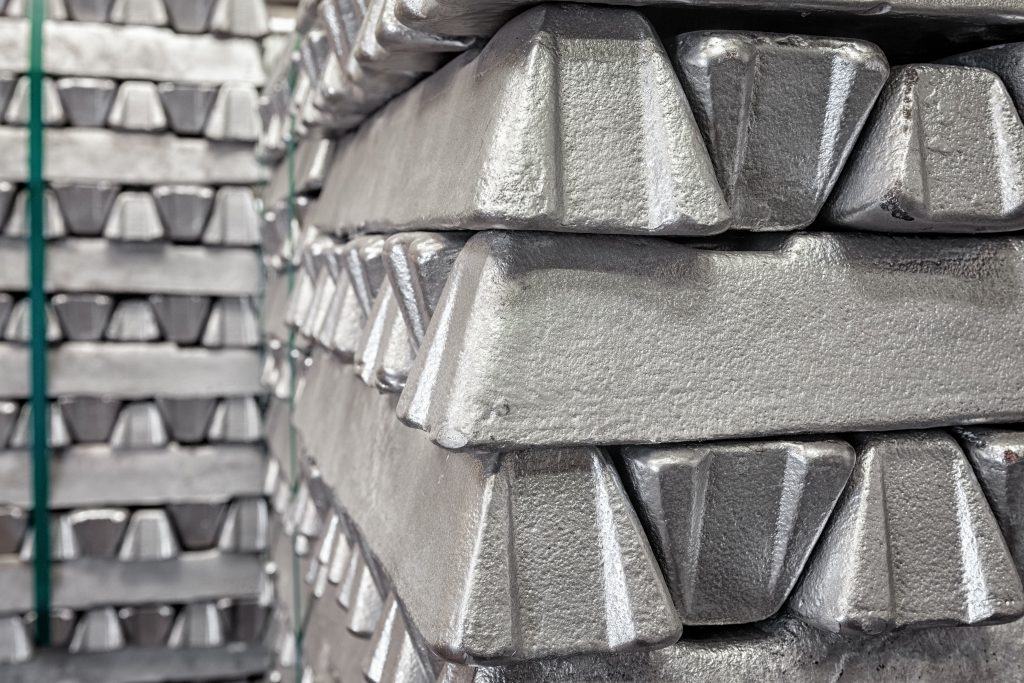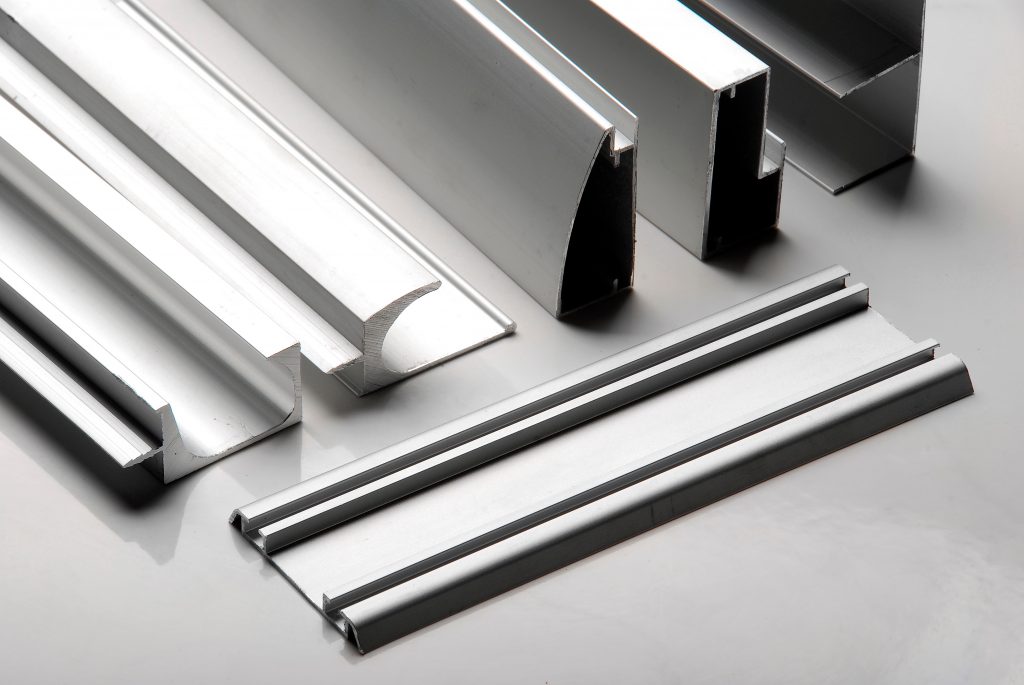1.1 properties of magnesium ingot
Magnesium is a silver-white metal with a density of 1.738 g / cm3, a melting point of 648.9 ℃, and a boiling point of 1090 ℃. Magnesium is one of the most abundant light metal elements on the earth. Its density is only 2 / 3 of aluminum, 2 / 5 of titanium, and 1 / 4 of steel. Magnesium alloy is 36% lighter than aluminum alloy, 73% lighter than zinc alloy, and 77% lighter than steel.
Magnesium has the advantages of high specific strength, high specific stiffness, good thermal conductivity, good electromagnetic shielding, damping, vibration reduction, machinability, low processing cost, low processing energy and easy recovery.

1.2 application of magnesium ingot
The application of magnesium ingot should focus on aluminum alloy production, die casting production, steel-making, and desulfurization, as well as rare earth alloy, metal reduction, and other fields. Magnesium is an important alloying element because of its low density, high strength, and high strength alloy with aluminum, copper, zinc, and other metals. Also, due to the rapid expansion of China’s titanium sponge industry in recent years, the application of magnesium ingot as a reducing agent in the titanium sponge industry is enhanced.
(1) Aluminum alloy production: magnesium is an important alloy element because of its low density, high specific strength, and high strength alloy with aluminum, copper, zinc, and other metals. The biggest consumption area of magnesium in the world is an additive element of aluminum alloy.
(2) Die-casting production: Die Casting accounts for 35% of the original magnesium consumption in major regions of the world. In the magnesium die casting industry, North America, Latin America, and Western Europe use the most magnesium because the automobile manufacturing industry promotes the growth of market demand for magnesium. Relevant statistics show that in the past years, the use of magnesium alloy die castings in automobiles has increased by about 15%, and this is not the case
This trend will continue.
(3) Desulfurization in steelmaking: many steel plants in Europe, America, Russia, and other regions and countries adopt magnesium desulfurization. 5770.15% of the world’s total magnesium consumption is mainly used for desulfurization. The annual consumption of magnesium in steel desulfurization is 8000 tons, accounting for 15.62% of the total consumption. Although the price of magnesium is higher than that of calcium carbide, its consumption is only 1 / 6-1 / 7 of that of calcium carbide, and the total cost of magnesium desulfurization is more economical than that of calcium carbide. Generally speaking, 0.4-0.5kg magnesium particles are consumed per ton of steel, and the sulfur content after desulfurization is 0.001-0.005%.
(4) Prevention of metal corrosion: using magnesium sacrificial anode for cathodic protection is an effective method to prevent metal corrosion. Magnesium sacrificial anode has the following characteristics: good anti-corrosion performance, no additional DC power supply, automatic operation after installation, no maintenance, less floor area, low engineering cost, no interference with the external environment. Magnesium sacrificial anodes are widely used in corrosion protection of oil pipelines, natural gas, gas pipelines, and storage tanks; ports, ships, submarine pipelines, drilling platforms; airports, parking lots, bridges, power plants, municipal construction, water treatment plants, petrochemical plants, smelters, gas stations, as well as water heaters, heat exchangers, evaporators, boilers, and other equipment.
(5) Medicine: in human cells, magnesium is the second most important cation. It can activate a variety of enzymes in the body, inhibit abnormal nerve excitability, maintain the stability of nucleic acid structure, and participate in protein synthesis, muscle contraction and thermoregulation in the body. Recent studies have confirmed that arteriosclerosis, cardiovascular and cerebrovascular diseases, hypertension, diabetes, cataract, dysmenorrhea, osteoporosis and depression are all related to magnesium deficiency. More and more attention has been paid to the application of magnesium in the field of medicine.

1.3 distribution of magnesium ingots
Magnesium is one of the ten commonly used non-ferrous metals with abundant reserves, accounting for 2.1-2.7% in the earth’s crust, ranking sixth among all elements, and ranking fourth only after aluminum, iron, and calcium. Magnesium is widely distributed in nature. The main sources of magnesium are magnesium chloride and carnallite in seawater and salt lake brine, as well as magnesite and dolomite in the form of carbonate.
China is one of the countries with the richest magnesium resources in the world, accounting for 22.5% of the world’s total reserves. In China, the Dashiqiao area in Liaoning Province is rich in magnesite resources; Qaidam Basin in Qinghai Province is the main distribution area of salt lake resources; dolomite, as the main raw material for magnesium ingot production by Pijiang method, is distributed in Shanxi, Ningxia, Henan, Jilin, Qinghai, and other places.
At present, China’s magnesium ingot production accounts for more than 85% of the world’s total production. The main raw magnesium producers outside China are the Russian solikamsk magnesium plant, AVISTA magnesium plant, Israel dead sea magnesium industry, American magnesium industry, and Brazil Lima.

